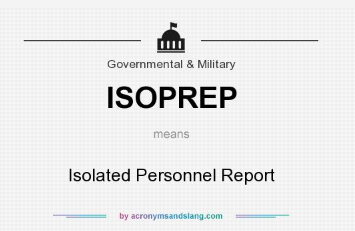
The Virtual University Learning Management System VULMS or LMSVU uses Microsoft SharePoint to enable its students to access courses and resources. Students must first VULMS login with their Id and password. The Virtual University LMS has many tabs and buttons to help students navigate through vu support system. The most important buttons and tabs are listed below. These credentials include ID and password and can be found at the top of the page. Then, students can start working on their courses and resources right away.
Students Perception
The purpose of this study is to explore the students’ perception of the learning management system of LMSVU, a technological tool designed to improve student outcomes. Although the LMS is intended to improve communication and learning, it can present a variety of challenges for students. Previous research shows that LMSs are often underutilized, and that their features and functions do not fully meet user expectations. We analyzed the various sociological and technological factors that affect the students’ perception of the VULMS.
Impact of Mobile LMS Application on Academic Achievement
Researchers have looked at several factors that affect student academic achievement. A recent study by Park and Huang found that mobile LMSs positively impacted PU and RA. The study found that students were motivate to integrate the technology into their learning activities because they saw it as a way to adapt to societal changes and to stay current. Furthermore, students saw it as a way to improve their chances of surviving in society.
In this study, researchers assessed the characteristics and attitudes of online students toward mobile learning, including ease of use and satisfaction. The researchers also examined the impact of mobile learning on academic achievement, which involved using a structural equation model to identify factors that affect student satisfaction and learning outcomes. Despite the importance of mobile learning, further research is need to identify how this technology is best use to improve student outcomes. In this article, we discuss some of the characteristics and benefits of mobile learning to help you make the right decision for your institution.
Usage of Mobile LMS Application
Mobile learning is gaining momentum with the rise of smartphones. Many enterprises now offer Bring Your Own Device (BYOD) programs, which allow trainees to access the company’s network from a personal device. Mobile device usage is now higher than desktop usage among consumers. The fact is that trainees are using mobile devices for business, so offering mobile access to your courses will ensure maximum flexibility for your learners. A mobile LMS helps future-proof your technology by offering a mobile app that works flawlessly on most types of devices.
The global mobile workforce project to reach more than one billion people by 2022. Primary work devices are becoming smaller and more portable. Mobile LMS applications allow learners to access learning materials at any time. Even while on the go, without an internet connection. They can take courses on the go, learn on the go, and complete training wherever they are. Whether they’re at home, on the train, mobile LMS APP can help them complete their training no matter their location.
Design of Mobile LMS Application
There are several factors to consider when designing an LMS platform. First of all, it is important to understand that users desire an engaging learning experience. Dull features do not drive the emotions of users and may even make the platform less successful. Furthermore, they make it difficult for you to differentiate your LMS from the others. Designing an LMS platform is an excellent way to overcome these problems. In this article, we’ll go through some key factors that consider when designing an LMS platform.
Consider the mobile user. Your mobile users may switch between different types of mobile devices, with varying screen sizes and resolutions. In this case, the VULMS backend must be able to adapt to the different screen sizes without negatively impacting network connectivity. Ultimately, mobile users should have the ability to customize the design of their mobile learning experience. This means that you should consider the following points when designing your mobile LMS application.




